The sun was setting, while we were playing basketball on a street in Los Angeles with friends when we suddenly got surprised by a little tiny miracle bird! We had no idea what it could be and tried to take a few pictures of it, however, most of them were quite bad, due to lack of light. Then, the next day it came back! And we managed to get a bit better pictures, however, it was moving so fast that it was hard to focus!
The Ruby-throated Hummingbird, with the binomial name of Archilochus colubris, likes to live in open deciduous woodlands and feed on nectar usually of red and orange tubular flowers, these can include cardinal flowers, red buckeyes, trumpet creeper and rarely tree sap. While the flowers adapted to signal high amounts of nectar with the colour red, the hummingbirds adapted to see this colour.
The relationship between all hummingbirds and the flowers they feed on is amazing. Most species can only feed on one species of flower and that species can often only be pollinated by one species of hummingbird! However, the ruby-throated hummingbird feeds on many different types of flowers.
The ruby-throated hummingbird is quite rare in Los Angeles, however, there are a few sightings every year. They are often sighted in the East and South of North America, including New York and breed in the East.
Despite their small size, Archilochus colubris, live for a very long time. The average age for these hummingbirds is around 7 years. However, the oldest banded ruby-throated hummingbird was around 9 years and 1 month old!
Archilochus colubris nest in trees such as oak, birch and hornbeam. The females take care of their offspring, they usually have 2 clutches a year, however, occasionally they can have 3 clutches. Amazingly both male and female ruby-throated hummingbirds are aggressive to other hummingbirds, except during courtship, which only lasts a few minutes.
Hummingbirds get their name from the humming sound they make during flight. This is caused by a ruby-throated hummingbird beating its wings around 53 times a second. The wings of a hummingbird are only connected to the body at one point, allowing them to rotate almost 180 degrees and giving them high agility!
Urbanisation is a huge threat to hummingbirds, as urbanisation reduces the hummingbird’s habitat massively and makes their flowers scarce to find. We don’t know exactly how much habitat has been destroyed due to urbanisation, but there is a way we can help! One way people have been helping with this is by planting the trees and plants from which hummingbirds feed. So… Keep planting!
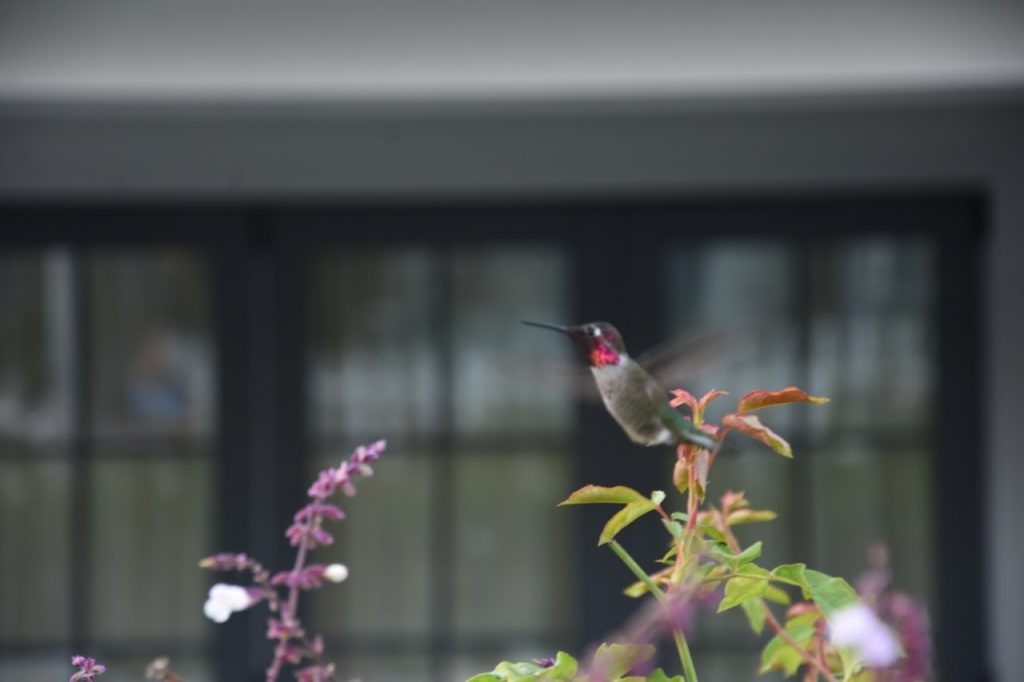
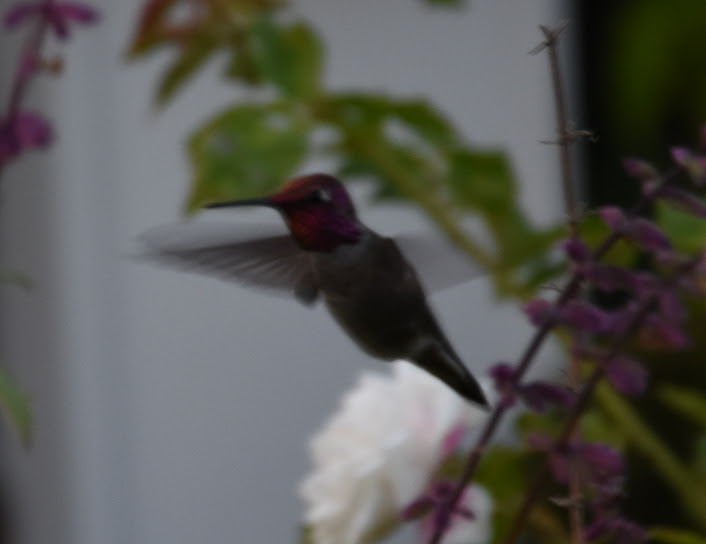
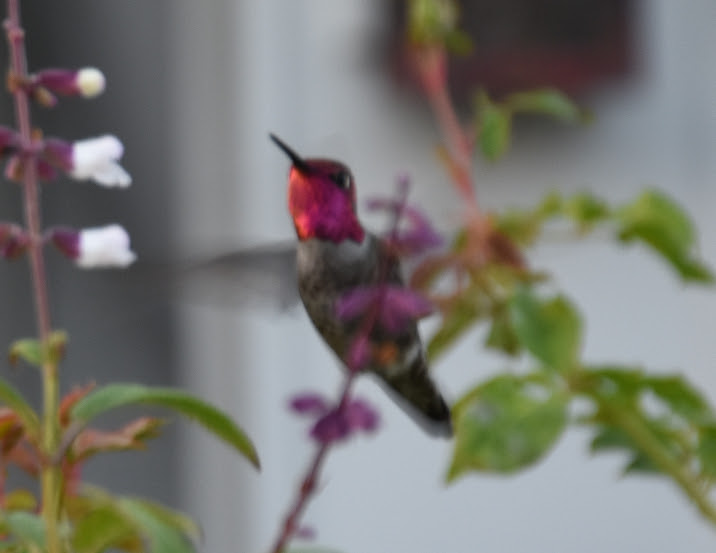

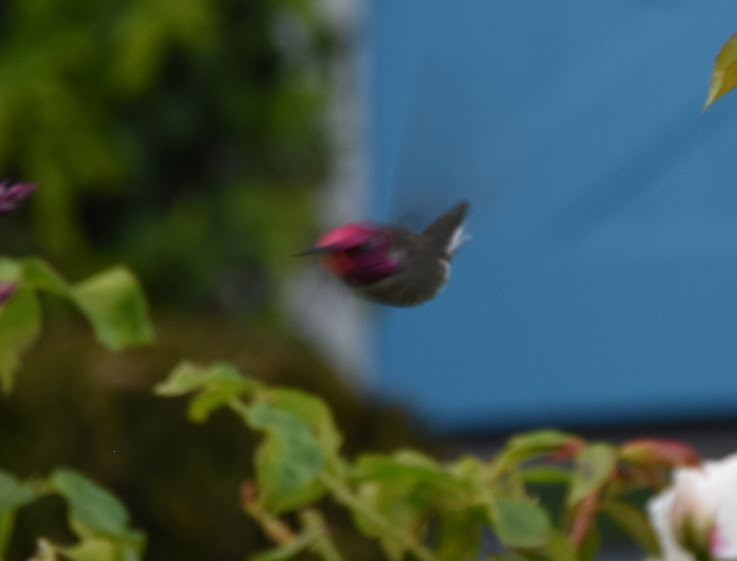

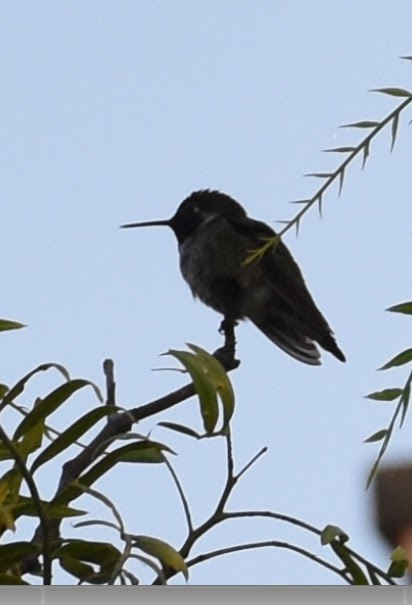
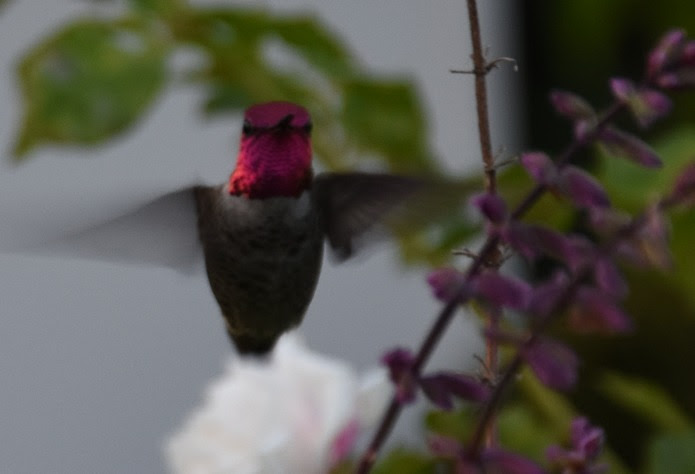
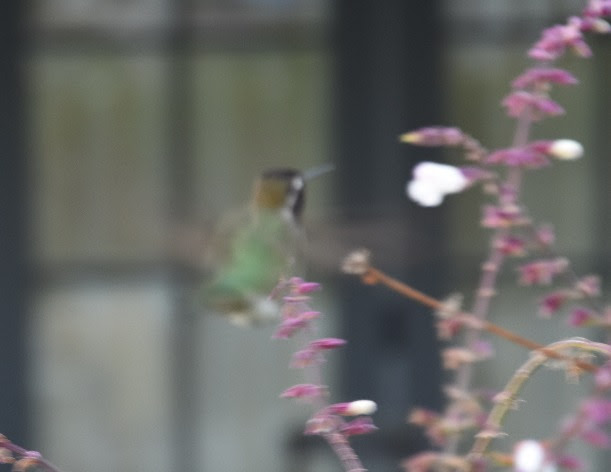
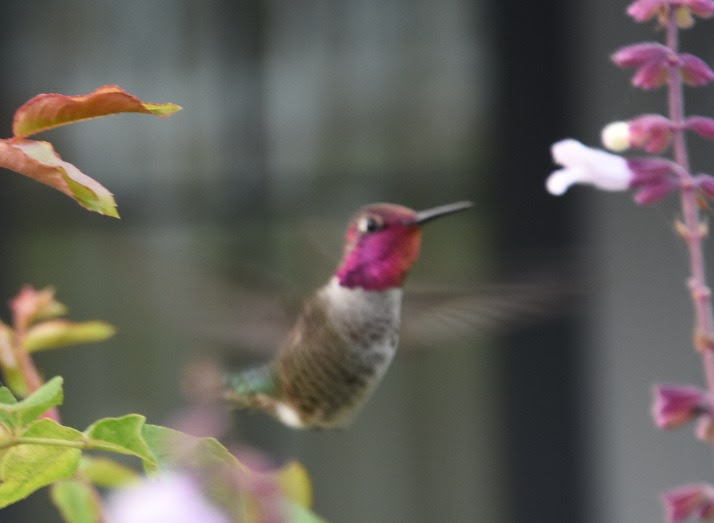
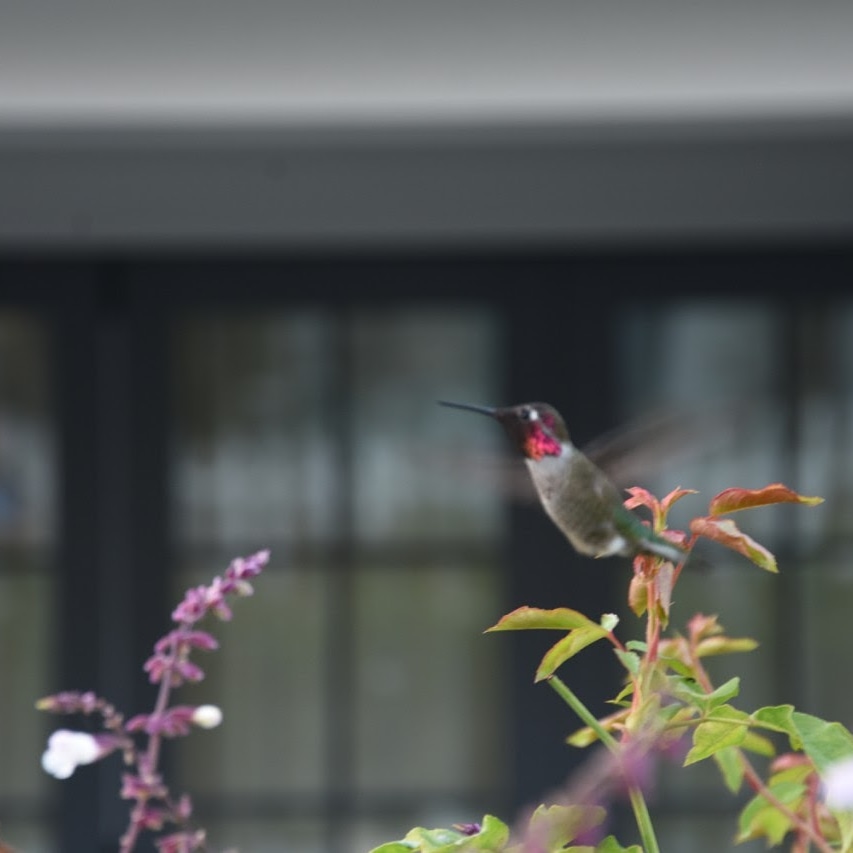
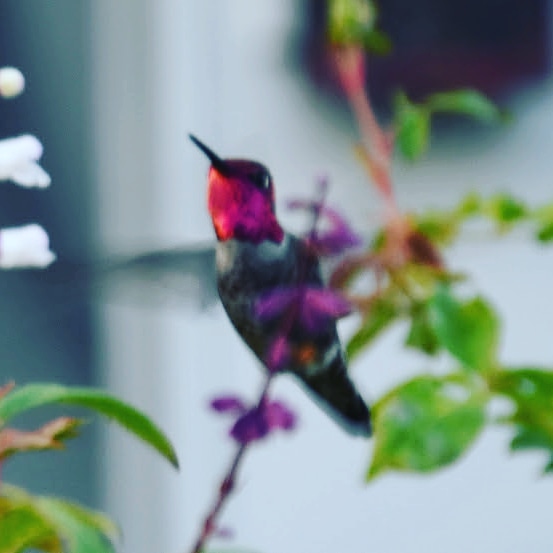
Nika Strok Underwood
